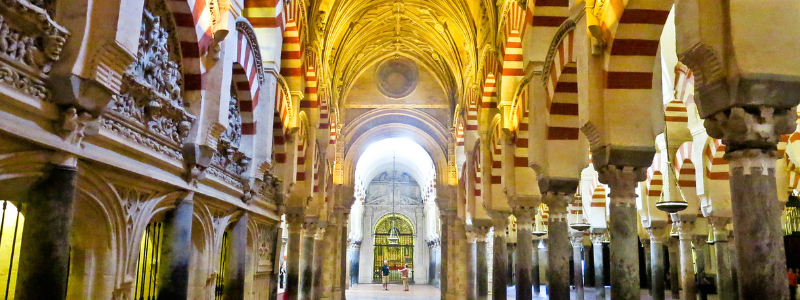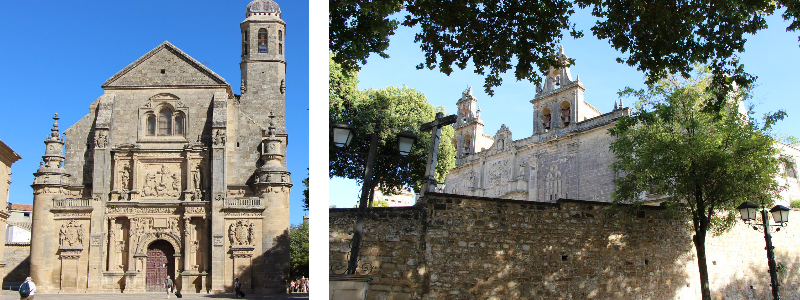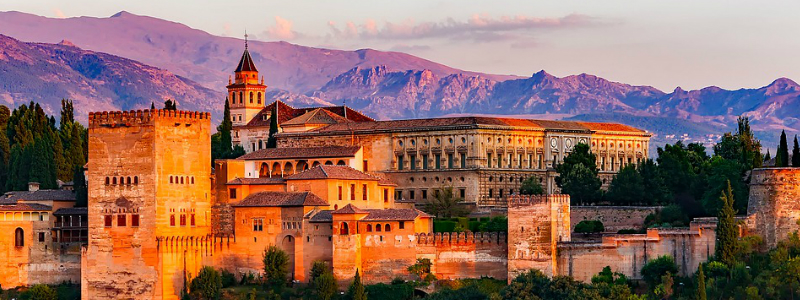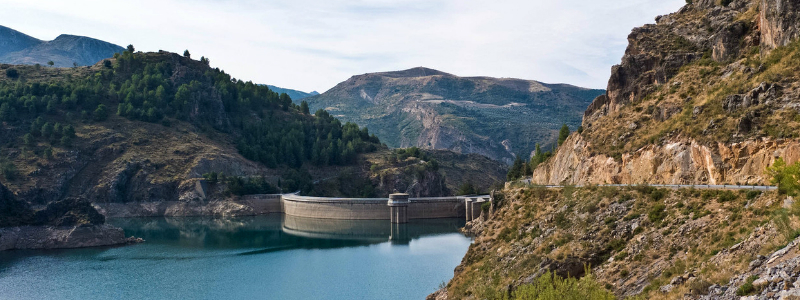Five Favorite Stops while Cycling Andalucía
Spanish tour leader Joan Escosura shares some of his favorite parts of cycling Andalucía on our Grand Cycling Tour Of Andalucía. For an amazing 13 days you will ride under open skies, through villages nestled in the hills of the Sierra Mountains, and along quiet roads flanked by endless olive groves. Beyond stunning scenery this region’s exciting culture – from flamenco to bullfighting to mid-day gatherings over café con leche and fascinating history leaves you feeling like you’ve had a taste of everything (including delicious cuisine) Andalucía has to offer. Take a look at a few of Joan’s favorite stops along the way from Seville to Granada.
Seville
This city is a must-see city in Spain. I love to spend time there each year, never getting enough of the city’s unique people, their lifestyle, the squares flanked with tapas bars beckoning one to experience the local energy… Perfect for an inspiring and culturally rich experience! Locals in Seville have a very special way of observing and living traditions and holidays. I would say they can best be described as almost “exaggerated” and highly intriguing: From Holy Week in April to regular bullfights, locals in Seville enthusiastically celebrate themselves and their way of life with each opportunity they find.
Beyond the spirit of the people, the city itself is truly impressive. Seville has the largest old town in Europe, and the largest cathedral – the Cathedral of Saint Mary.
Constantina

Constantina is located in the Sierra Norte, which is a natural area rich with traditions typical of Andalucía. Constantina is surrounded by “Dehesas”, a name used for the big plots of open grass fields, surrounded by fences. These plots are scattered with oak trees, and roaming cows and bulls. The bulls are the special “Miura” bulls, and are used for traditional bullfighting. You will also see Iberian pigs roaming among the bulls eating their fill of fallen acorns. (These happy pigs will one day become acorn fed Iberic ham which is one of the best!) In spring, the fields come to life with color as flowers are in full bloom making for a lively contrast between powerful bulls and delicate flowers.
Córdoba

Like Seville, Córdoba feels like you’ve stepped into a living museum. Enjoy people-watching while experiencing the lively local culture and history of this town. During May, the Festival of Patios takes place and the usually closed inner patios of houses are opened to the public. All patios have a fountain in the center and pots hanging from the walls overflowing with colorful flowers. These features make for an impressive display of the region’s Arabic heritage. Córdoba is one of the hottest cities in Spain, but the temperatures inside these shady patios can be 3-5 degrees Celsius cooler than the outside, so not only are they beautiful they also serve as an oasis to escape the heat.
Córdoba has a stunning history. From the moment you enter the old town on a Roman bridge over the Guadalquivir river you’ll get a feeling for the history of the town. This majestic and beautiful bridge has been standing for over 2,000 years! The bridge leads you directly to the mosque of Córdoba. I think it is the gem of Arab architectonic heritage in our country. Its design is truly spectacular: the entire roof is supported by arches with hundreds of columns which make it seem as though the roof is floating above the columns. Finally, Córdoba is one of the capitals of flamenco dancing. What else can I say? Flamenco is pure power and energy; these dancers are simply an unbelievable sight to see.
Úbeda

Úbeda is a Unesco World Heritage Site and not typical by Andalucía’s standards. You will encounter white washed buildings and narrow streets originating from the first Christian settlements during the invasion of the peninsula. This town also boasts a number of other intriguing historical remnants including a house with a hidden synagogue inside, located in the old Jewish neighborhood. Just a few kilometers away you will find Baeza, Úbeda’s twin town which is also brimming with beautiful squares and fascinating architectural gems.
Granada

Granada is nestled in the foothills of the Sierra Nevada mountains. The city is filled with grand examples of medieval Moorish architecture and is also a university town bustling with youthful energy. In the city’s hilltops you will find a sprawling “medina” – an area of walled narrow streets that make you feel as if you are in Morocco or the Middle East. Sitting above the Alhambra, this medina neighborhood boasts beautiful “plazas” where you encounter musicians playing classic guitar music. The impressive hilltop fortress boasts royal palaces, serene patios, and reflecting pools from the Nasrid dynasty. Most importantly, it overlooks the Alhambra, “the red one,” one of the most beautiful palace castles in Europe. The Alhambra is a pleasure for the senses with stunning detail and unmatched design. I don’t think the magic of the Alhambra can even be put into words.


